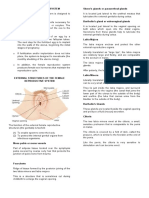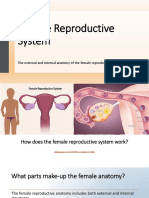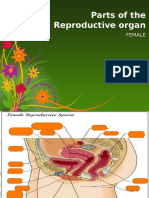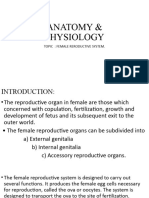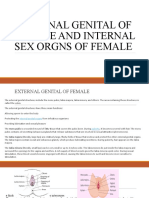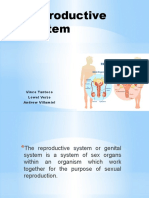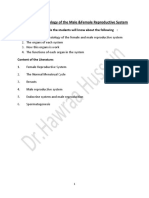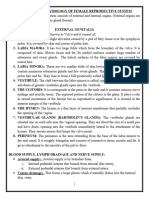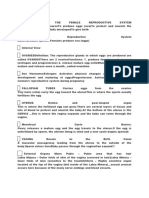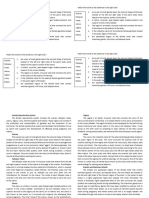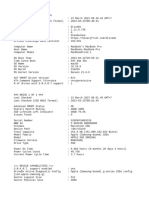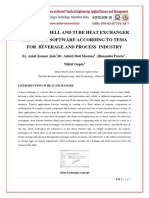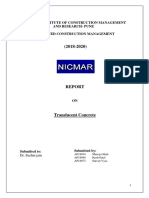0% found this document useful (0 votes)
39 views4 pagesFemale Reproductive System
The document provides an overview of the anatomy and physiology of the female reproductive system, detailing both external and internal organs, their functions, and the role of breasts in lactation. Key components include the vulva, vagina, cervix, uterus, ovaries, and fallopian tubes, each serving specific reproductive functions. Additionally, it describes the structure of breasts, highlighting their role in breastfeeding and the anatomy involved in milk production.
Uploaded by
afoemax01Copyright
© © All Rights Reserved
We take content rights seriously. If you suspect this is your content, claim it here.
Available Formats
Download as PDF, TXT or read online on Scribd
0% found this document useful (0 votes)
39 views4 pagesFemale Reproductive System
The document provides an overview of the anatomy and physiology of the female reproductive system, detailing both external and internal organs, their functions, and the role of breasts in lactation. Key components include the vulva, vagina, cervix, uterus, ovaries, and fallopian tubes, each serving specific reproductive functions. Additionally, it describes the structure of breasts, highlighting their role in breastfeeding and the anatomy involved in milk production.
Uploaded by
afoemax01Copyright
© © All Rights Reserved
We take content rights seriously. If you suspect this is your content, claim it here.
Available Formats
Download as PDF, TXT or read online on Scribd
/ 4










